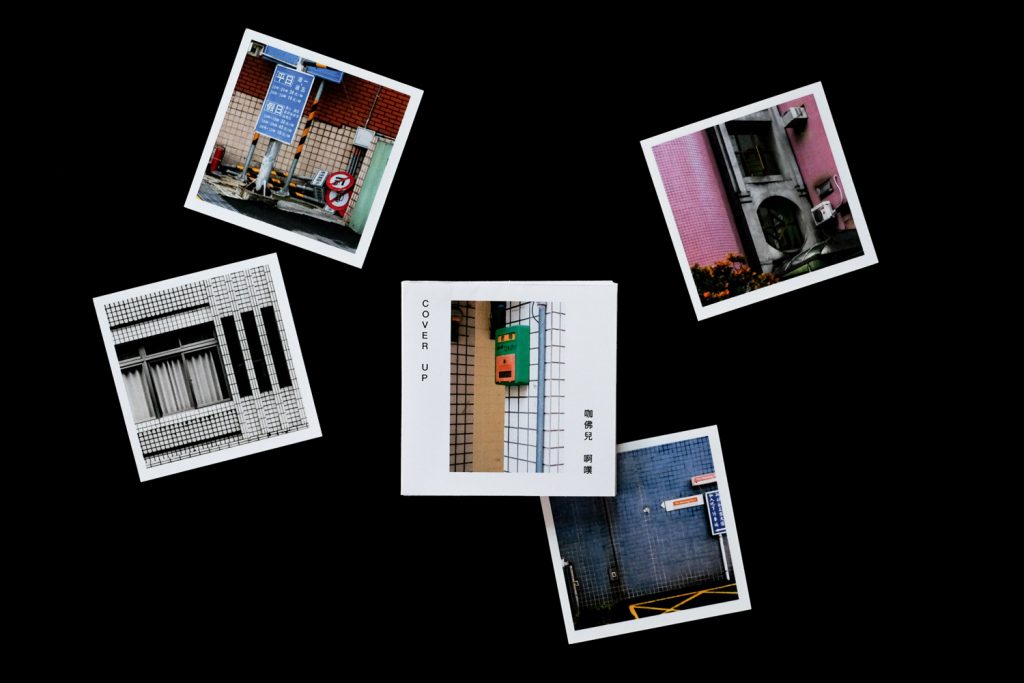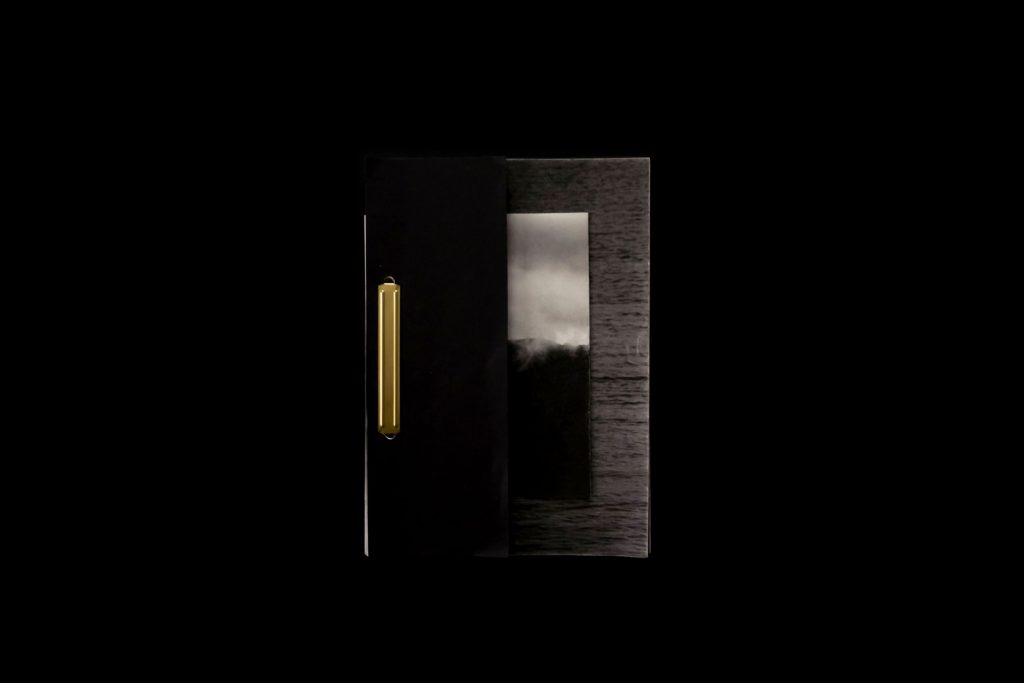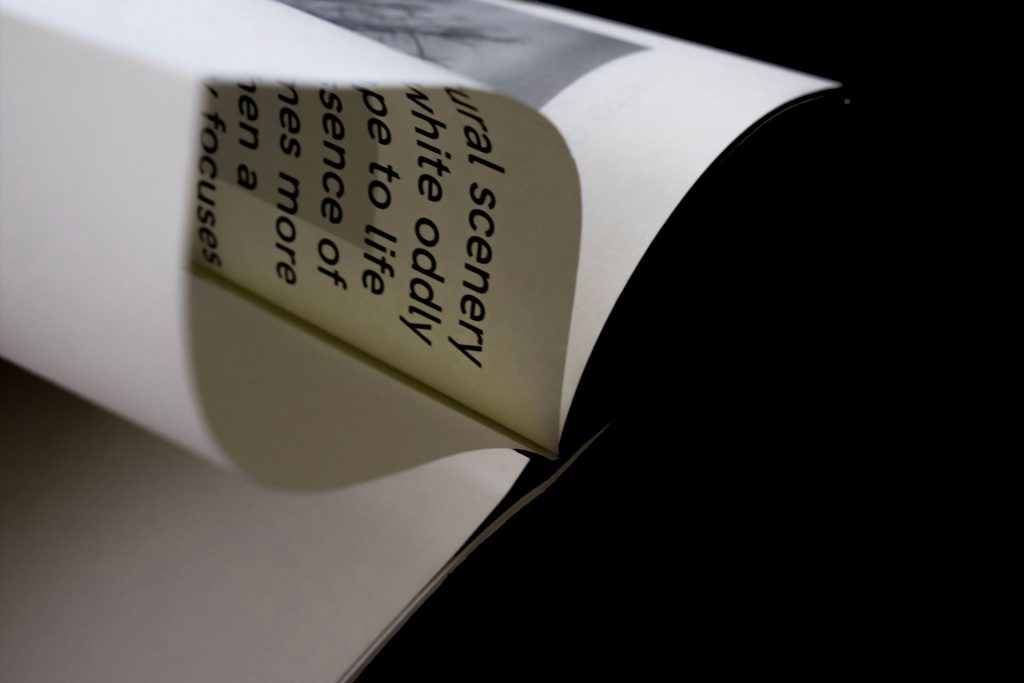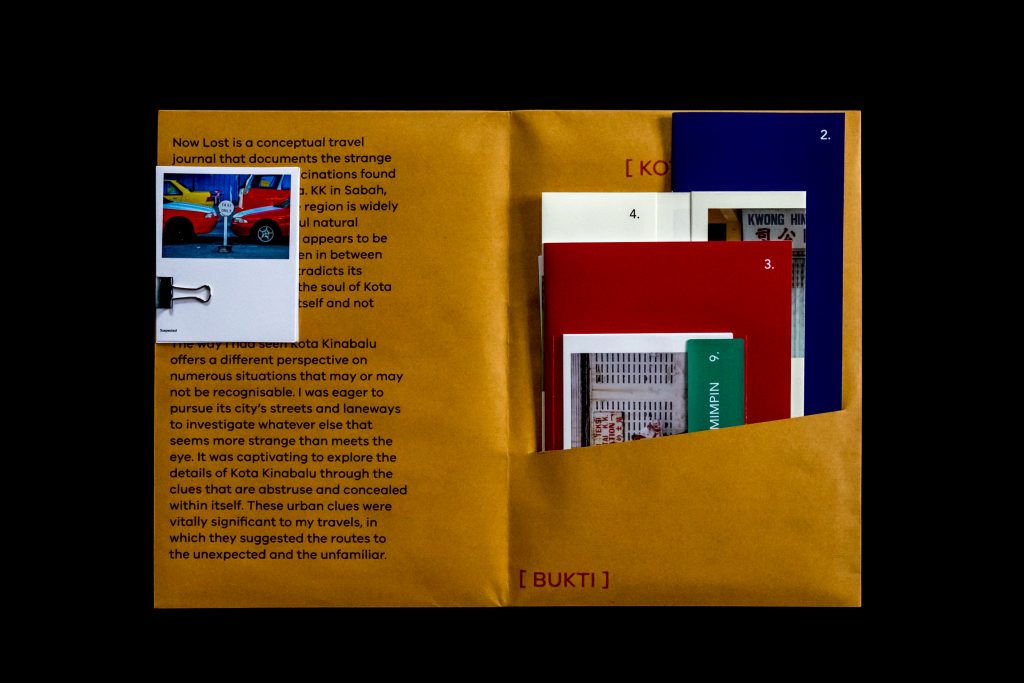Second part of the interview to the photographer Tum Wuthipol Uj
Projects by Tum Wuthipol Uj
Interview by Maria Serena Bongiovanni
By presenting photographs in poetic way without texts, Tum Wuthipol Uj – the author of Purple Line – offers to viewer the freedom to openly interpret several possible meanings based on your knowledge and experience. We can be transported into a fascinating dimension of reality in Thailand.
Through this interview, we continue exploring part of his books collections and his idea of photography and publishing.
We can discover as he works on the relationship between photographic narrative and its conceptual documentary through the craft of publication design starting with three selfpublished photographic publications.
All of them are so poetic and evocative, we choose to fascinate you you with three projects focus on a special relation with te landscape, with the attempt to capture the mood of a place, the feeling of what a place was or what it is like.
COVER UP




The handcrafted photographic pamphlet Cover Up aims to reflect on the insignificantly strange and outdated details of exterior tilework that is blanketed upon numerous urban structures in districts of Taipei. After that he also wants to to resurrect the forgotten charm and danger that beautify this chaotic metropolitan with a disconsolate aesthetic through persistent crafting of mosaic tiles. In fact, its durability aside, there has been plenty of unfortunate incidents that concern public safety. The falling of mosaic tiles from exterior walls and facades is now a life threatening hazard to all pedestrians travelling below.
So the question is how can Taiwan preserve these charming exterior tilework and at once make pedestrian walkway safe again.
Size: 10mm x 10mm
Published in 2019
Self-Published
Bangkok, Thailand
in•scape




in•scape aims to inspire the readers to closely observe the emotions and thoughts, that are expressed through sequences of black and white images and wonder what else there is to discover. It blends the reading experience with the actual storyline both visually and interactively through beautiful shapes, forms and patterns, revealing an authentic essence of natural scenery with emotions, feelings and thoughts.
The artist is working on the 4th edition and will be using risograph printing technique, different from previous editions which were just digital printing.
Size: A5 148mm x 210mm
Published in 2019
Self-Published
Bangkok, Thailand
NOW LOST


Now Lost is a special project conceived as a travel journal that documents the strange and lesser known fascinations found in Kota Kinabalu in the East of Malaysia. Within this case file is a collection of photographic evidence in an urban investigation. It surveys a fascinating detail of Kota Kinabalu where its inner treasure is awaiting to be discovered in between.
Tum investigated whatever else that seems more strange than meets the eye. It was captivating to explore the details of Kota Kinabalu through the clues that are abstruse and concealed within itself. These urban clues were vitally significant to my travels, in which they suggested the routes to the unexpected and the unfamiliar.
Size: 210mm x 297mm case file
Published in 2018
Self-Published
Bangkok, Thailand
Some questions about your idea of photography and publishing.
Is a book the ideal space for presenting a photographic work? What do you take in consideration when working on a book?
I cannot say that a book is the ideal space for presenting a photographic work. In fact each work is creatively different, and therefore will always have the ideal format to showcasing them. Consequently, I personally prefer to publishing my work in a smaller format such as books and zines because they give the audience a more intimate experience.
A collection of my self-published work, including The Purple Line, is always designed to have a tangible interaction gimmick that asks the readers to engagingly get involved with the work. For example, by taking inspirations from creations of children’s books, and thinking about the potentials of how a book could be understood without the element of reading.
You said: “The scope of work revolves around a prospect of how a book could interact with the readers through a series of photographs without an influence of words.”
How do texts can influence and modify the photos? Can you tell us a bit more about your relation to these two languages of expression?
Each photograph without its written description gives you the freedom to openly interpret several possible meanings based on your knowledge and experience. Once the photograph is described verbally or through texts, its meaning suddenly gets limited to just a single possibility. Imagine you are reading a newspaper that consists of only photographs without the texts, the news would entirely be open to interpretations.
To be absolutely honest, I have always been a visual person and not much of a reader. This is the reason why I choose to emphasise on visual languages within my practice.
Quite frankly, I believe photography does have an ability to solely communicate its intended interpretation on its own; but at times, it needs the help from other visual structures such as graphic design to effectively convey its narrative. The two visual languages, photography and communication design, should always work cohesively to express the meaning in which a photograph or a series of photographs is intended to.
How important are the social, economic or political aspects of what it exposes by you?
Self-publishing is still growing in Thailand, where I am currently based in, and it appears to only be appreciated in certain groups of artists. Although it is financially affordable to create and approach, the ability to standout and make a living still relies on the opportunities and platforms made available by the arts community and creative industry.
The global zine or self-publishing culture has always been about storytelling in a way that can make significant influences to the society—covering diverse and obscure viewpoints by ordinary people. It is quite similar to a user-generated content that allows me to openly express my opinions and thoughts through the use of photography and design. Yet in some countries, the ability to express ideas may be legally restricted by regulations and cultural formalities.
Publishing zines of my own still brings me a fair earning locally; but when I participate in overseas art book fairs, the exchange rate usually lets me down—especially now that the Thai baht is ridiculously strong against other currencies. Interestingly, the zine culture in Asia is still considerably new. The people’s attitudes towards it is still quite impressive—they are willing to purchase just because it is a new form of bookmaking and storytelling.
Photo Credits:
© Tum Wuthipol Uj
Official website
Instagram

hi, your site is so good.Following your articles.